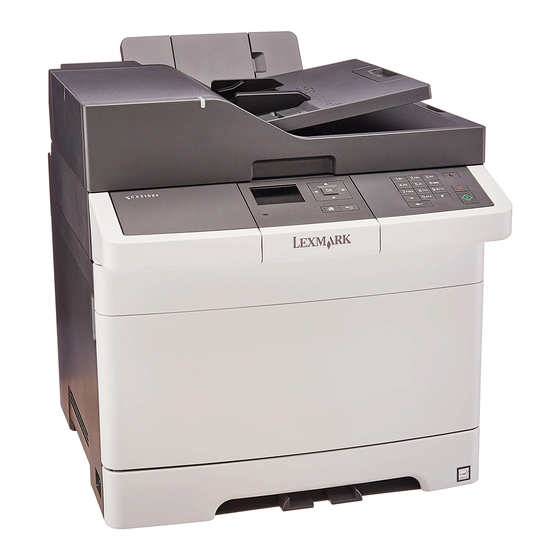
Lexmark CX310n Service Manual
Machine type 7527-2xx, -4xx, -63x
Hide thumbs
Also See for CX310n:
- Specifications (2 pages) ,
- User manual (244 pages) ,
- Compatibility manual (179 pages)
















Need help?
Do you have a question about the CX310n and is the answer not in the manual?
Questions and answers